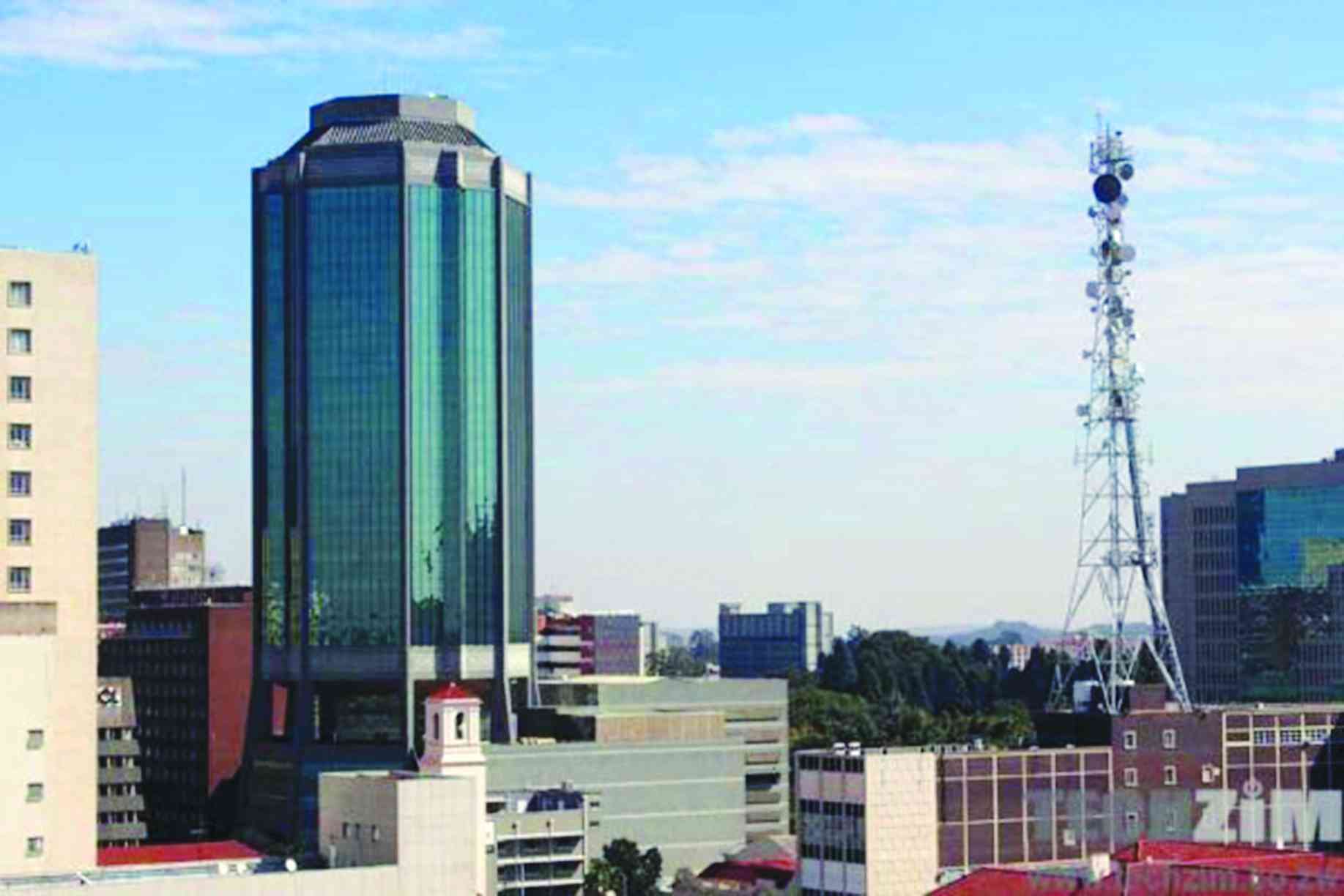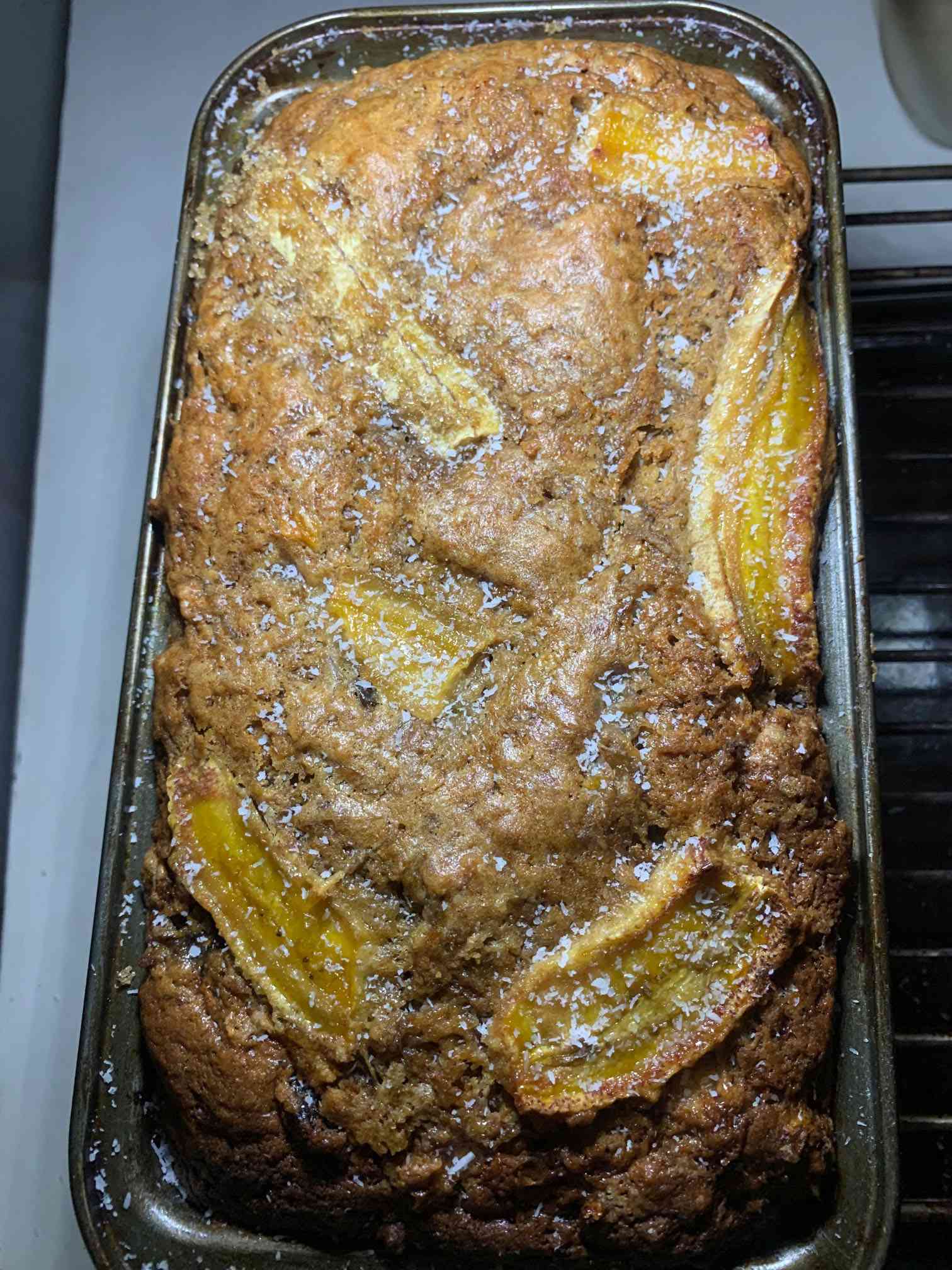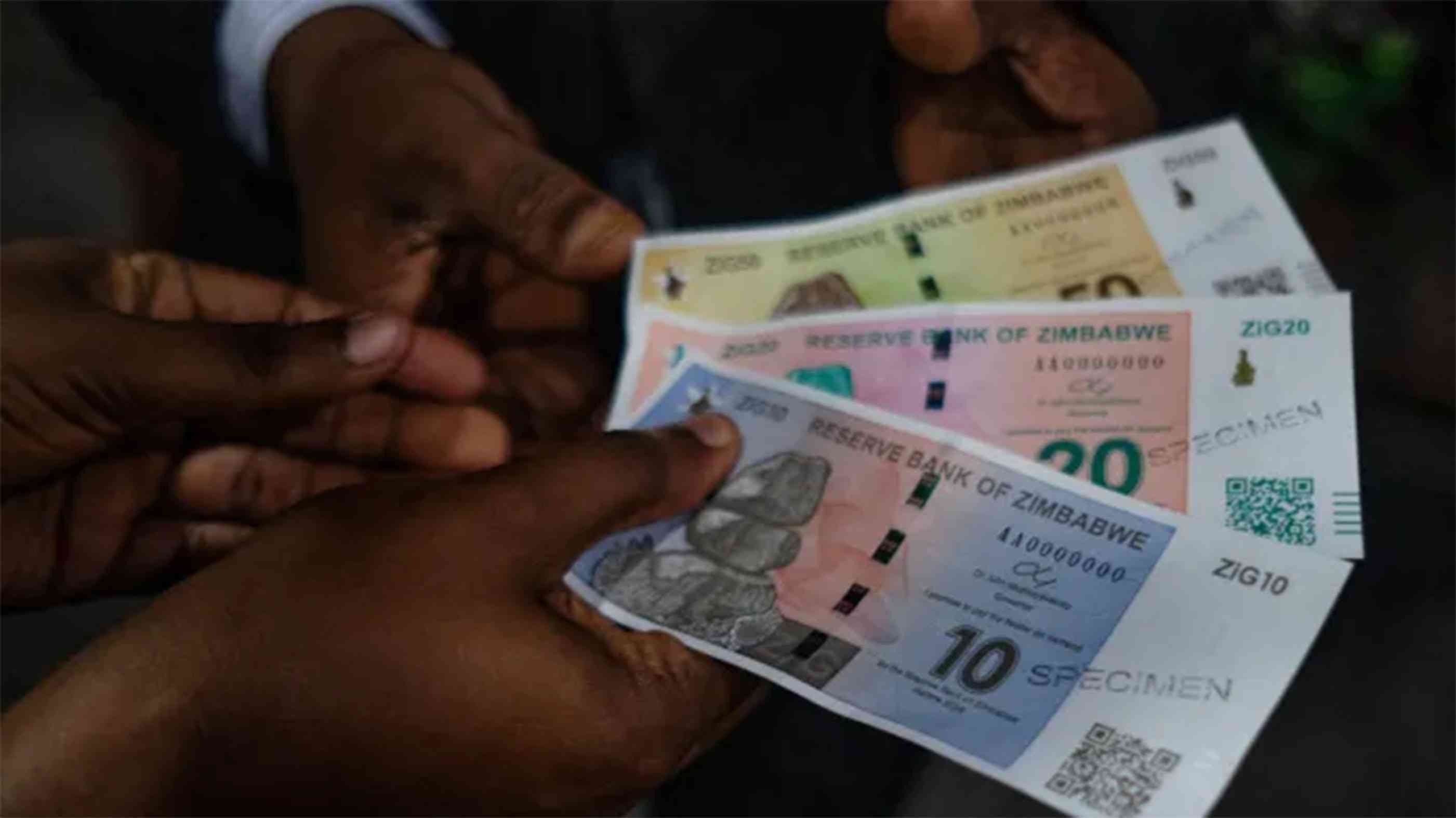
The new governor of the Reserve Bank of Zimbabwe (Dr John Mushayavanhu) presented the Monetary Policy Statement (MPS) on the 5th of April 2024. Conventionally, the MPS is presented during the first two months of the year despite the RBZ Act which stipulates that it must be presented in December of each year. Year 2024 proved to be a different case, the first quarter lapsed without the MPS. This created much anxiety in the economy as different economic agents were waiting for the announcement. The anxiety was a function of the various economic challenges bedevilling the local economic landscape. These challenges include exchange rate volatility, currency depreciation, confidence deficit, inflation, speculative behaviour and rent seeking behaviour.
Presented under the theme “recalibrating the monetary policy framework to anchor currency, exchange rate and price stability”, the monetary authorities had an appreciation of the economic challenges beforehand. The headline feature of the 2024 MPS was the introduction of the new structured currency. A structured currency is defined as a currency that is pegged to a specific exchange rate or currency basket and backed by a bundle of foreign exchange assets. It is anchored by a composite basket of foreign currency and precious metals (mainly gold).
The MPS denotes that the introduced structured currency known as Zimbabwe Gold (ZiG) is anchored by foreign currency reserves and mineral (gold) reserves held by the central bank. As at 5 April 2024, Zimbabwe had about US$ 570 million worth of reserves (currency reserves and minerals) held by the central bank and treasury to back the newly introduced currency. This quantum of reserves might not be sufficient to support and preserve the value of local currency (ZiG). Supporting local currency requires that a country should have an import cover of at least three months. Zimbabwe’s import bill for merchandise or physical goods (excluding services and other financial assets) for February 2024 stood at around US$725 million.
Using the import bill for merchandise or physical goods only, the country should have reserves of at least US$ 2.1 billion to support the local currency. Using the total import bill (physical goods, services, financial assets), this figure will be much higher.
The current stock of reserves can only sustain around twenty (20) days imports of physical goods. Holding enough foreign currency reserves allows the central bank to intervene in the market to smoothen fluctuations in the foreign exchange market.
Zimbabwe’s central bank is encouraged to continue building foreign currency and precious minerals reserves as this allows it to intervene in the market timely. Botswana’s foreign currency reserves are at around P64 billion, an equivalent of around US$ 5 billion. Kenya’s foreign currency reserves are at around US$ 7 billion, an equivalent of 3.7 months import cover. As a result, these two countries have managed to intercede in foreign exchange markets to stabilise exchange rates.
On money supply management, reserve money growth will be contained within the limits of growth in gold and foreign currency reserves. Growth in reserve money that is in line with the growth in foreign currency and gold reserves helps to reduce money supply growth that is not backed by any underlying asset. From the quantity theory of money perspective, money supply growth is inflationary especially if it is not backed by underlying assets. Keeping reserve money supply growth in check helps to contain inflationary pressures in the economy.
The central bank is encouraged to be transparent by availing verified statistics of growth in money supply, gold and foreign currency reserves to the public consistently. Transparency helps to build confidence and restore trust in the eyes of the economic agents which helps in guiding the public’s behaviour and actions towards any announced policy position.
- Zimpraise to release album Number 13
- Hyperinflation headache for accountants
- Zimpraise to release album Number 13
- Hyperinflation headache for accountants
Keep Reading
The central bank will manage foreign exchange liquidity through the use of proceeds from surrender requirements. Fifty (50) percent of foreign currency generated through surrender requirements will be used for strategic intervention in the interbank foreign exchange market Surrender requirements mandate all exporting companies except small scale gold producers to relinquish 25% of their proceeds to the central bank.
The proceeds will then be converted into local currency at the prevailing interbank foreign exchange rate. Zimbabwe’s exports of physical goods for February 2024 stood at around US$ 640 million. Assuming that all exporters are relinquishing 25% (about US$160 million) to the apex bank, other things being equal, US$80 million will be available during that respective month to intervene in the foreign exchange market. This amount of money might not be enough to smoothen volatilities in the foreign exchange market given government’s pressing foreign currency requirements. More resources should be raised and put aside for timely intervention in the foreign exchange market.
The MPS highlighted that banks will no longer charge monthly bank maintenance or service charges for individual bank accounts with a conservative daily balance of US$100 and below or its equivalent in ZiG for a period of up to 30 days. Most individuals were not depositing money in banks because of the perceived high bank charges. The move of suspending bank charges is critical because it goes a long way ensuring that the marginalised communities are financially included. Financial inclusion helps in formalising the economy, growth of formal sources of credit which leads to economic growth.
Minimum savings and time deposits interest rates on ZiG are set at 9% and 7.5% respectively whilst on foreign currency (FCA) deposits they remain unchanged at 1% and 2.5%. This move is aimed at mobilising deposits which build banks’ profile and funding. Savings are very critical in any economic set up because they are channelled to the productive sectors of the economy. The success of this initiative requires inflation rate to be below savings rates so that depositors can earn real interest on deposits. Year on year inflation rate for March 2014 stood at 55.34%, which is higher than the interest on ZiG and FCA deposits. In that respect, the central bank should reduce inflation rate to a figure that is below deposit rates.
To create demand for local currency (ZiG), the MPS highlighted that it is now obligatory for companies to settle at least 50% of their tax obligations on Quarterly Payments Dates (QPDs) in ZiG. This policy stance is potent because local companies can charge local currency on goods and services knowing that they will be able to remit part of the same to the government. Not disregarding government’s foreign currency needs and obligations, if the threshold of settling taxes in local currency is increased to at least 80%, increased demand for Zig will be realised.
It is demand for currency which helps in stabilising its value or preventing it from depreciating. Government services such as passports, motor vehicle number plates and other government services should also be accessed through the use of local currency (ZiG). This gives a signal to the transacting public that local currency should be embraced.
The central bank introduced a new currency (ZiG) that is backed by gold and foreign currency reserves. Providing verified statistics on money supply growth and growth in reserves (foreign currency and gold) will be a confidence building measure which helps in stabilising the currency. Currency stability is a necessary condition for economic growth and attainment of Vision 2030.
- Admire Nyabunze, an economist writing in his personal capacity. These weekly New Perspectives articles, published in the Zimbabwe Independent, are coordinated by Lovemore Kadenge, an independent consultant, managing consultant of Zawale Consultants (Pvt) Ltd, past president of the Zimbabwe Economics Society and past president of the Chartered Governance & Accountancy Institute in Zimbabwe (CGI Zimbabwe). — [email protected] or mobile: +263 772 382 852










